Traveling solo is one of life’s greatest adventures. It’s a chance to explore the world on your own terms, meet new people, and immerse yourself in unique cultures. And when it comes to solo travel, South America is a dream destination. From vibrant cities to breathtaking landscapes, the continent offers something for everyone. Ready to dive in? Let’s explore the ultimate guide to solo travel destinations in South Americ
Table of Contents
Why Choose South America for Solo Travel?
Unique Landscapes and Adventures
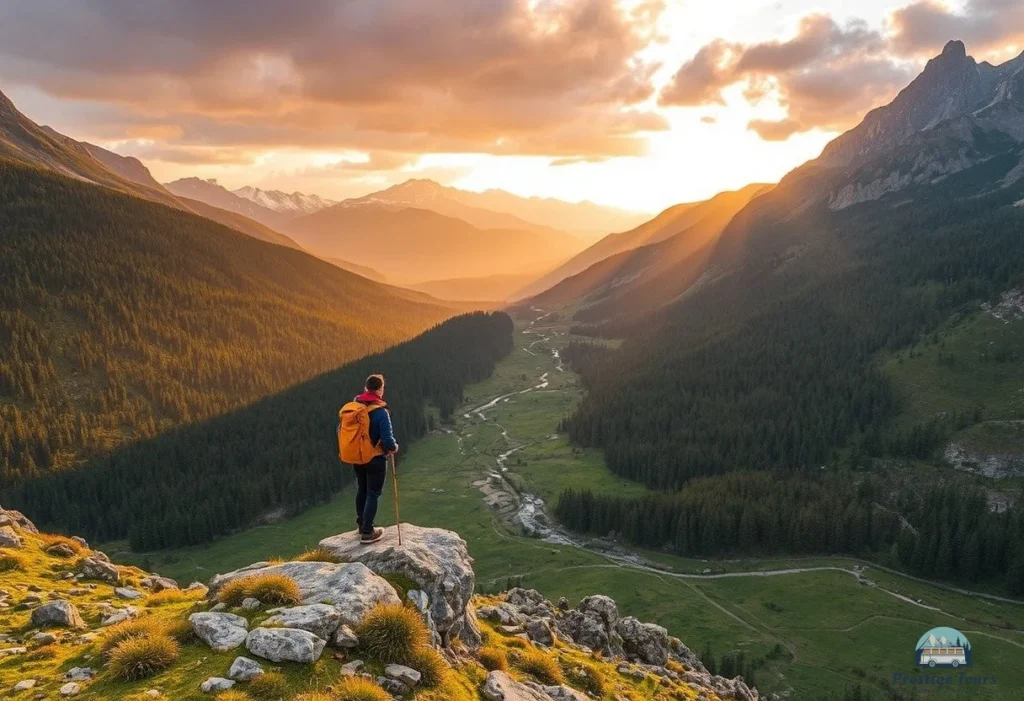
South America is a treasure trove of diverse landscapes, from the Amazon Rainforest to the Andes Mountains. Whether you love hiking, wildlife, or stunning beaches, this continent offers something for everyone.
Rich Cultural Experiences

Immerse yourself in South America’s vibrant cultures. From Colombian cumbia to Argentine tango, the continent’s music, food, and festivals create unforgettable experiences.
Affordability for Solo Travelers
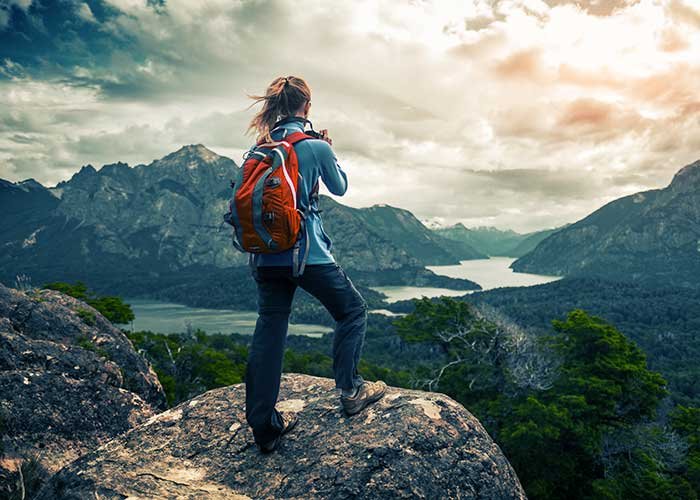
Compared to other continents, South America is budget-friendly. Affordable accommodations, street food, and low-cost public transportation make it ideal for solo adventurers.
Best Solo Travel Destinations in South America
Cartagena, Colombia
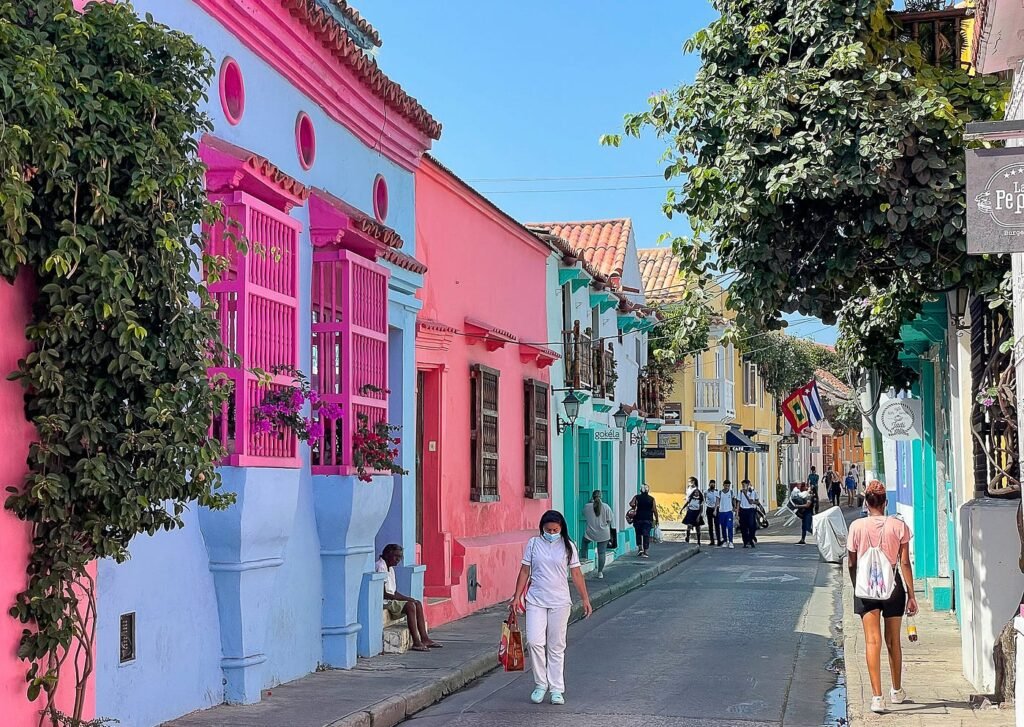
Vibrant Nightlife and Coastal Beauty
Cartagena’s colorful streets, historic walled city, and Caribbean beaches make it a solo traveler’s dream. Enjoy salsa dancing at lively clubs or relax on Playa Blanca.
Safety Tips for Solo Travelers
Stick to well-lit areas at night, avoid displaying valuables, and use registered taxis or rideshare apps to navigate the city safely.
Cusco, Peru
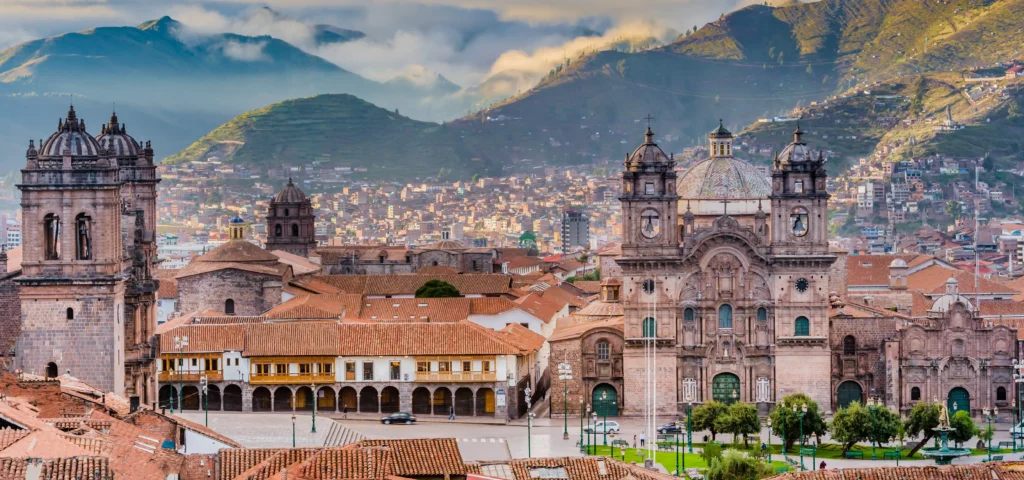
Gateway to Machu Picchu
Cusco is a haven for history enthusiasts. From ancient Incan ruins to picturesque trails, it’s the perfect starting point for your trek to Machu Picchu.
Exploring Local Markets
Don’t miss the San Pedro Market, where you can shop for handmade souvenirs and savor authentic Peruvian dishes.
Buenos Aires, Argentina
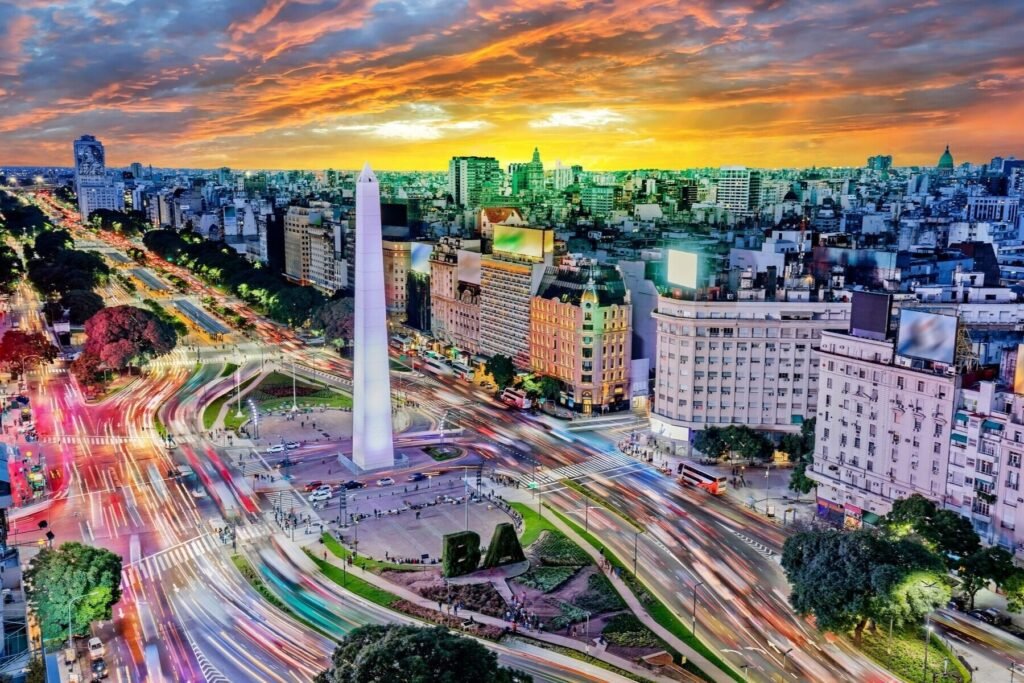
Tango and Nightlife
The birthplace of tango, Buenos Aires, offers vibrant dance clubs and music venues where solo travelers can join group lessons or simply watch a captivating performance.
Historical Sites and Café Culture
Stroll through historic neighborhoods like San Telmo and Recoleta while enjoying coffee and pastries at charming cafés.
Rio de Janeiro, Brazil

Beaches and Mountains
Rio’s iconic attractions, from Copacabana Beach to Sugarloaf Mountain, are perfect for solo exploration. Don’t forget to visit Christ the Redeemer for breathtaking views.
Experiencing Carnival as a Solo Traveler
If you’re visiting during Carnival, join a bloco (street party) to soak in the festive spirit.
Quito, Ecuador
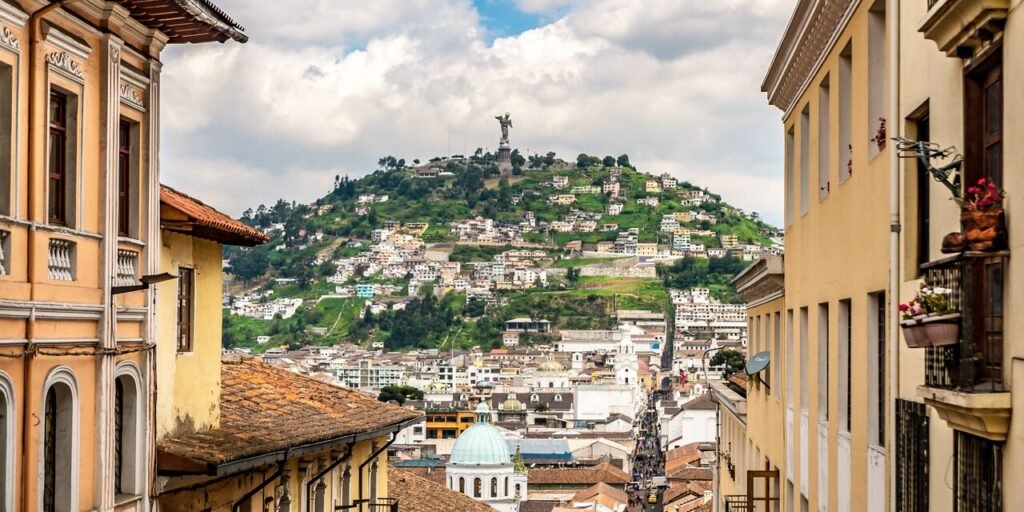
Colonial Architecture
Wander through Quito’s Old Town, a UNESCO World Heritage site, and admire its well-preserved colonial buildings.
Starting Point for the Galápagos Islands
Solo adventurers can book guided tours to explore the unique biodiversity of the Galápagos Islands.
Essential Tips for Solo Travelers in South America
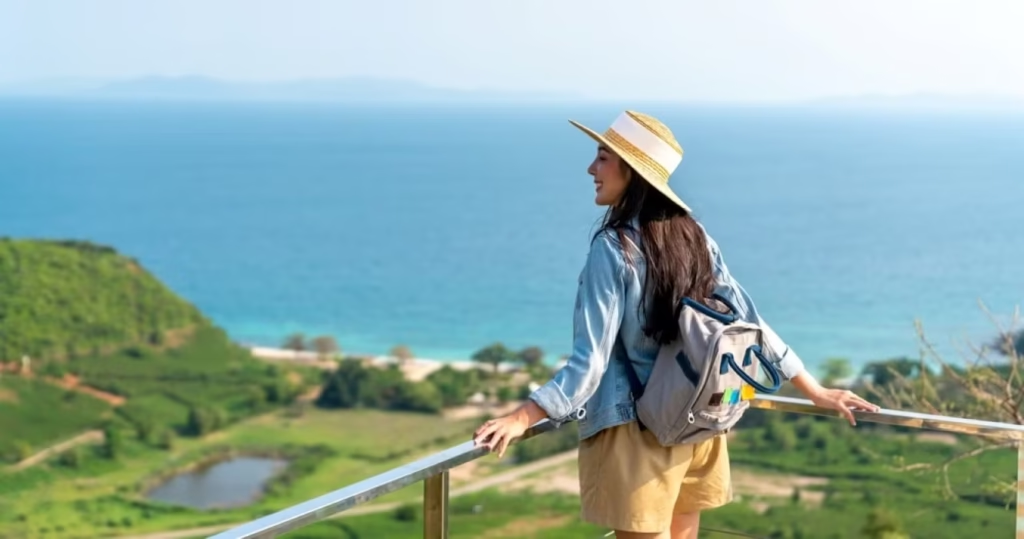
Navigating Language Barriers
Learning basic Spanish phrases can go a long way in enhancing your travel experience. Download translation apps for additional support.
Staying Safe While Traveling Solo
Always stay vigilant, especially in crowded areas. Use money belts, keep your belongings close, and research the safest neighborhoods to stay.
Budgeting for Your Trip
Plan your budget to include accommodations, meals, and activities. South America’s cost of living varies, so allocate funds accordingly.
Building Connections and Meeting Other Travelers
Stay in hostels, join group tours, or attend local events to meet fellow travelers and share experiences.
Must-Try Experiences in South America
Exploring the Amazon Rainforest
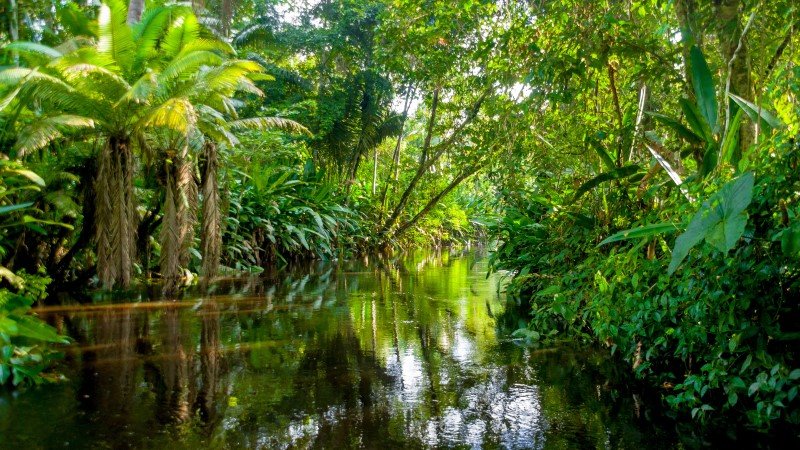
Embark on a guided tour of the Amazon to witness its unparalleled biodiversity and connect with nature.
Hiking in Patagonia
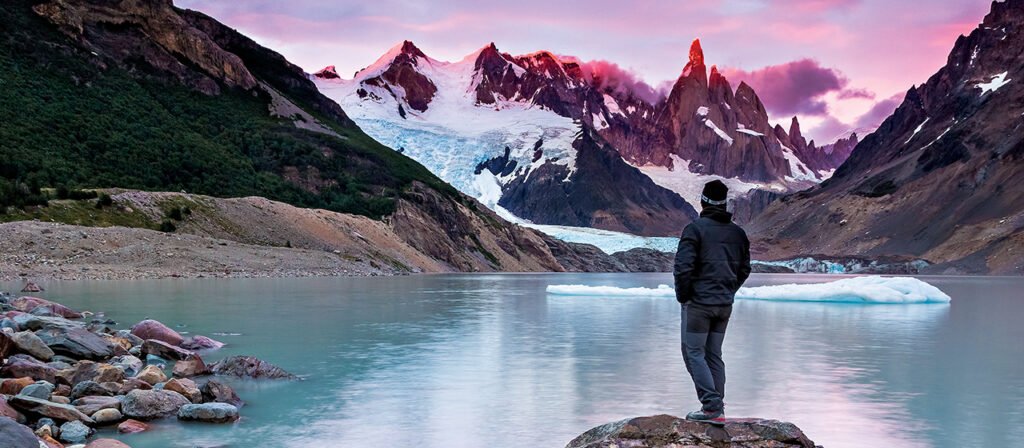
Patagonia’s dramatic landscapes offer some of the world’s most breathtaking trails, perfect for solo hikers.
Learning to Dance Salsa or Tango

Take a dance class in Colombia or Argentina to immerse yourself in the local culture.
Savoring Local Cuisines
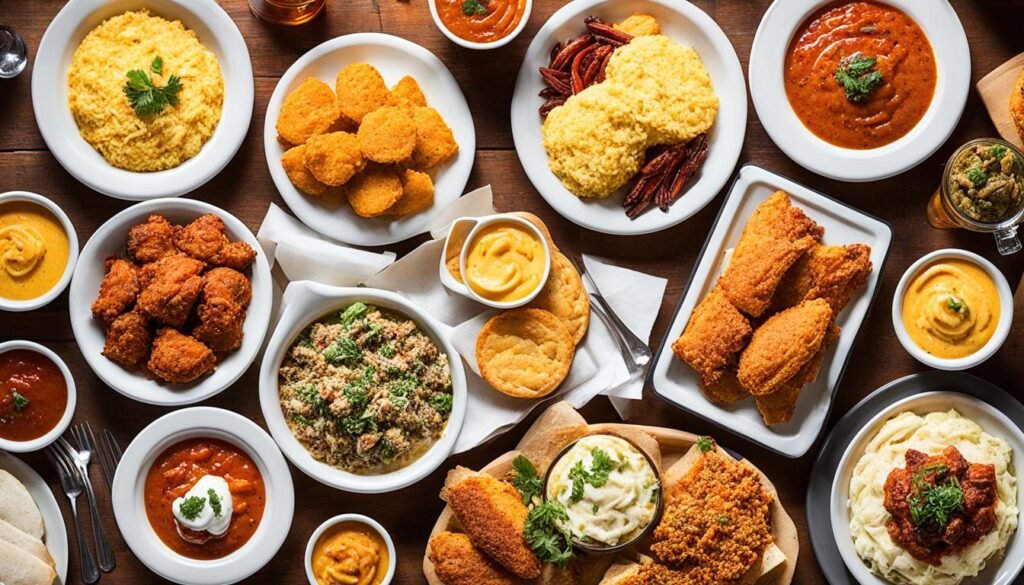
From Brazilian feijoada to Peruvian ceviche, South America’s culinary scene is a delight for foodies.
Packing Essentials for South America
Clothing for Varied Climates
Pack layers to adapt to South America’s diverse weather conditions, from humid rainforests to chilly mountains.
Safety and Security Gear
Bring a sturdy lock, money belt, and anti-theft backpack to ensure your belongings stay secure.
Technology and Communication Tools
Carry a universal adapter, power bank, and an unlocked smartphone for connectivity and convenience.
Also visit:
Plan Your Adventure: Top Hiking Trails in Colorado for Weekend Getaways
The Most Scenic Top Hiking Trails in Colorado for Stunning Views
Explore Beyond Rome and Venice: Hidden Gems in Italy
Hidden Gems in Italy: Your Guide to Offbeat Adventure
Hidden Germs in Italy: Unique and Undiscovered Places
The Best Beaches in Florida for Nature Lovers
Conclusion
South America is a playground for solo travelers, offering unmatched adventures, rich culture, and friendly locals. With proper planning, it’s a destination where you can explore freely and create lasting memories. So, pack your bags and let South America’s charm captivate your heart.




